Are you a current Dallas ISD teacher, counselor or media specialist looking for a new opportunity? If so, the open transfer period may be for you.
The open transfer period allows eligible team members to accept a position at another campus for the following school year. During the open transfer period, current principal approval is not required, although best practice would be for the team member to inform their current principal of their desire to transfer.
The open transfer window for high priority campuses opened on March 6 and will begin for other campuses on March 22. The principal deadline to submit recommendations for the open transfer period is 11:59 p.m. on April 26.
To be eligible for an open transfer, team members must meet the following criteria:
- Hold a valid Texas Teacher Certificate or hold a valid District of Innovation Certification Waiver in the requested subject-area vacancy and meet TEA/SBEC Certification Standards for the position
- Must not be entering their fourth year of an Alternative Certification Program
- Must not be identified for non-renewal at the end of the current school year due to performance and/or misconduct
Eligible team members must apply online using their EAD login at www.dallasisd.org/careers using the internal openings link. The Human Capital Management team will email notifications of approval/denial throughout the open transfer period. These notifications will be sent to the team member and the current and receiving principal.
Transfers are only final once an approval email notification has been sent from Human Capital Management. All notifications will be completed by May 5, 2023.
After the open transfer windows close, all transfers will need to follow the administrative transfer guidelines. If you have any questions or concerns, contact Priscilla Soltren at 972-925-4227 or via email at psoltren@dallasisd.org.

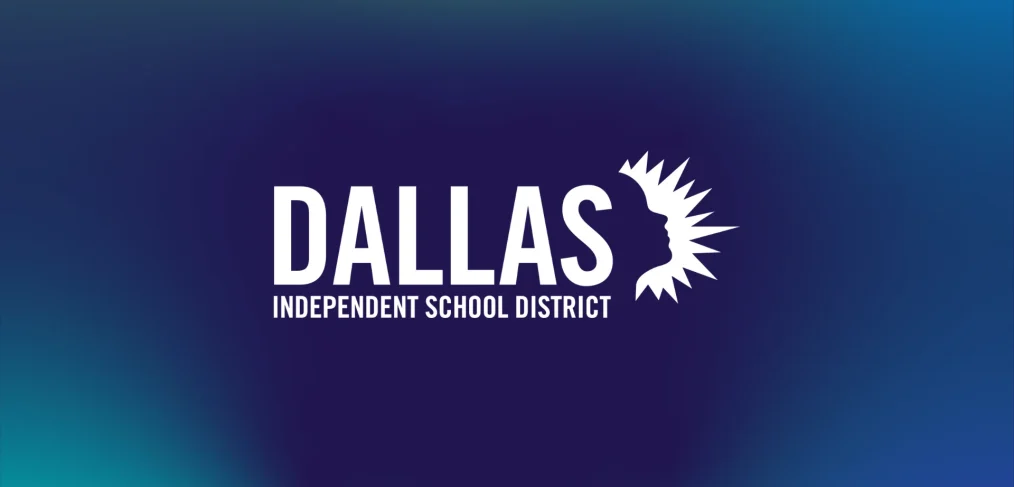
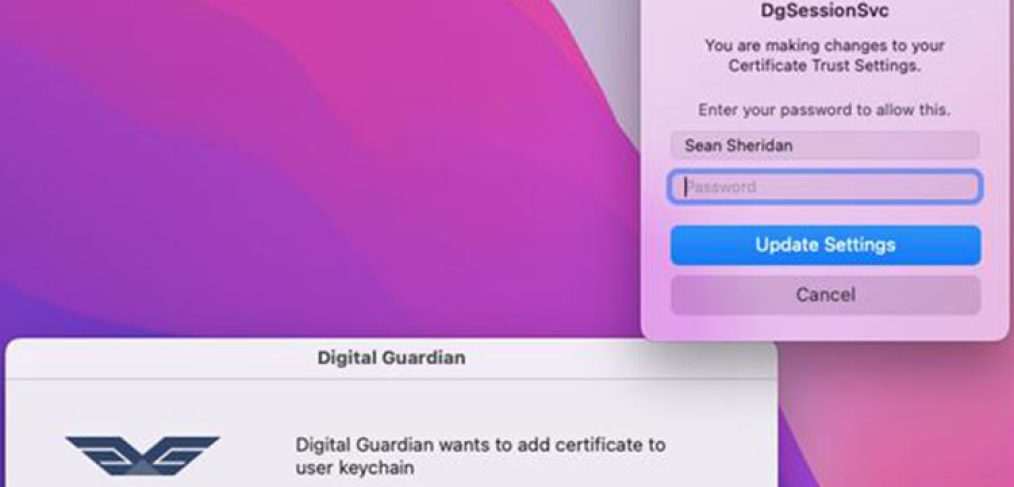
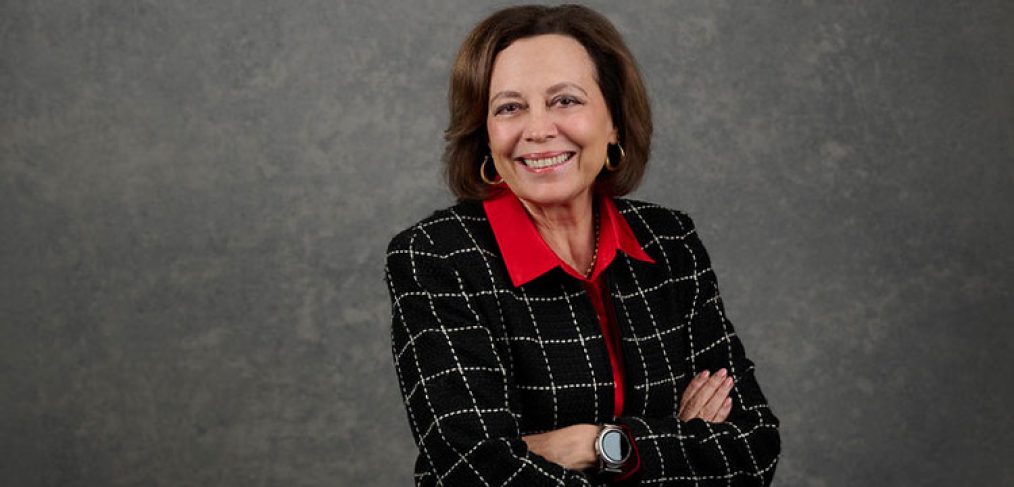
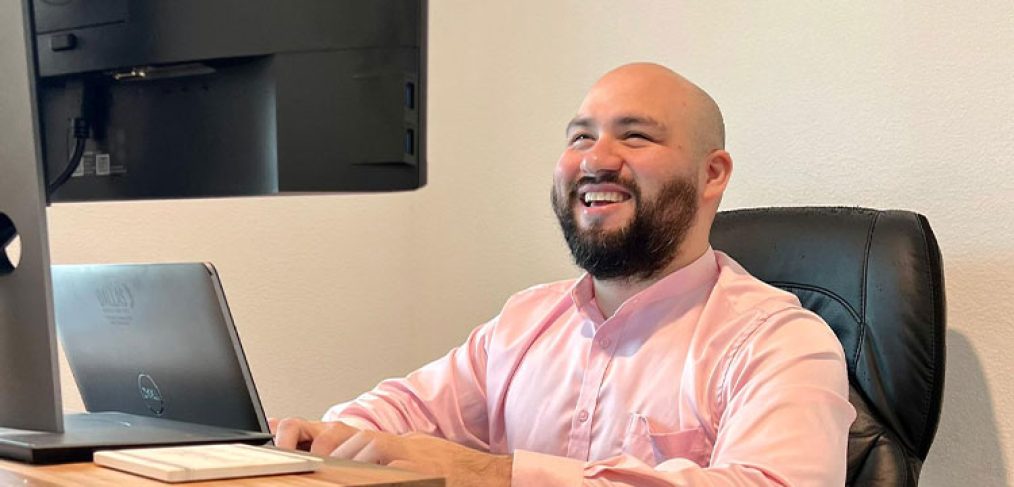
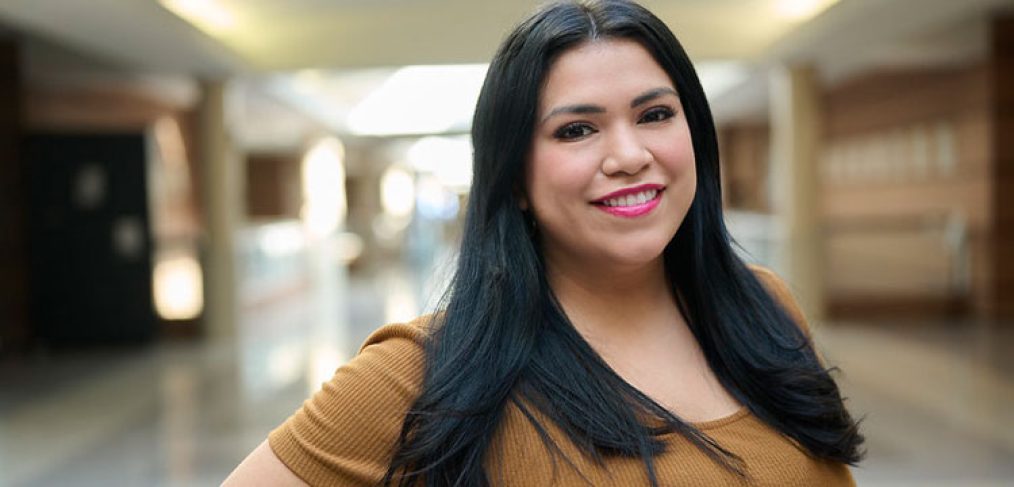
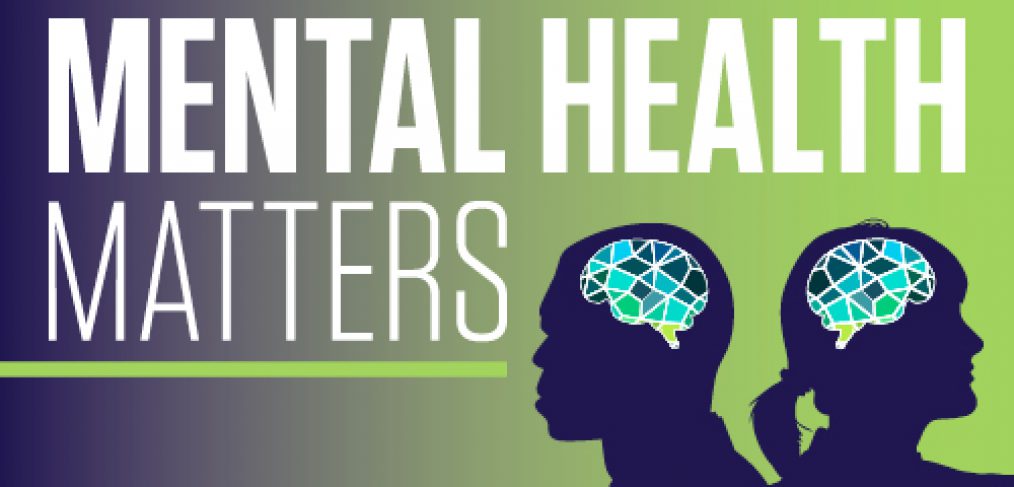
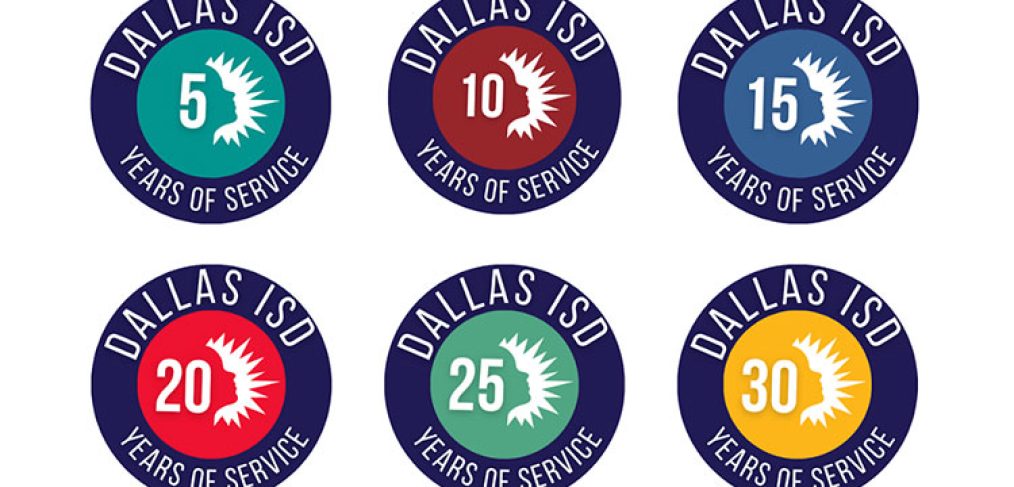
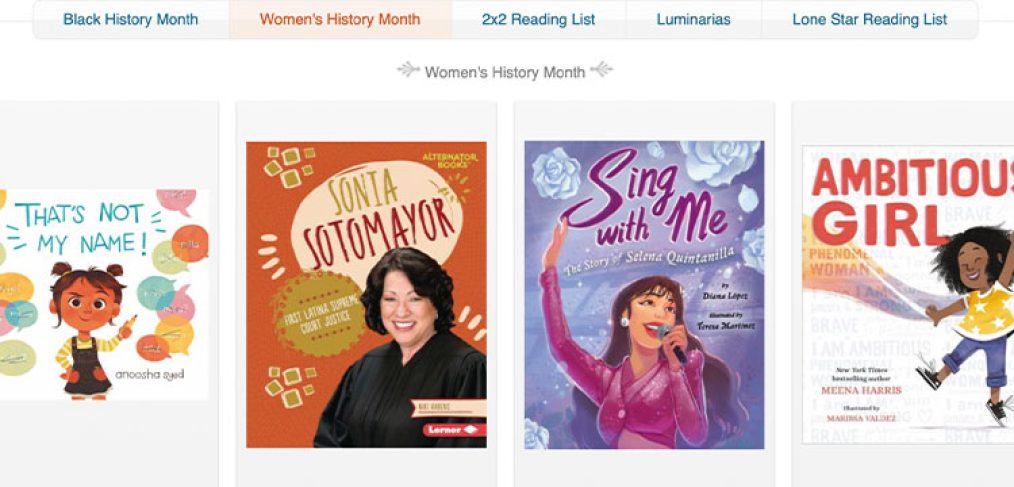
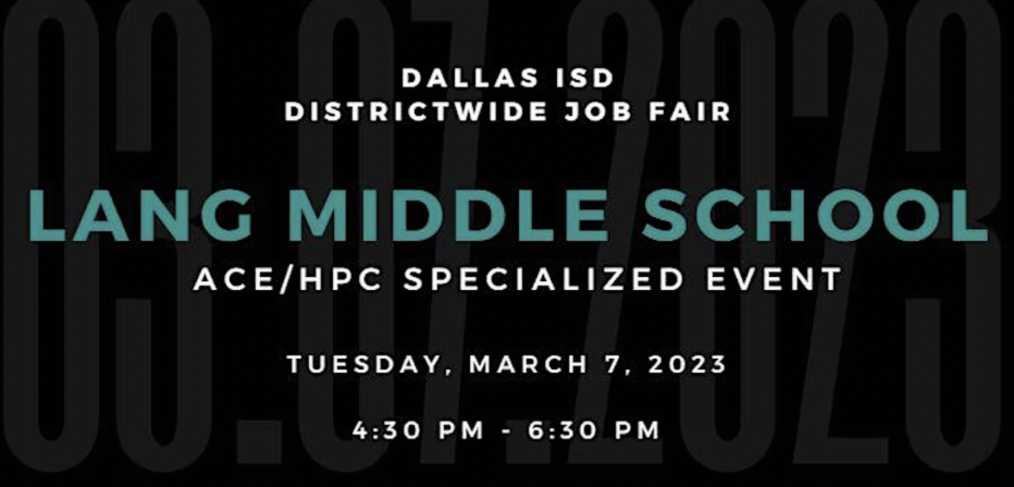
 Adams said the difference in the school’s atmosphere is tangible in and out of the classroom. He and his partner teacher, Cesar Reyes, participate in the Home2Home Visit Program and make it their mission to visit every student in their homes each year.
Adams said the difference in the school’s atmosphere is tangible in and out of the classroom. He and his partner teacher, Cesar Reyes, participate in the Home2Home Visit Program and make it their mission to visit every student in their homes each year. 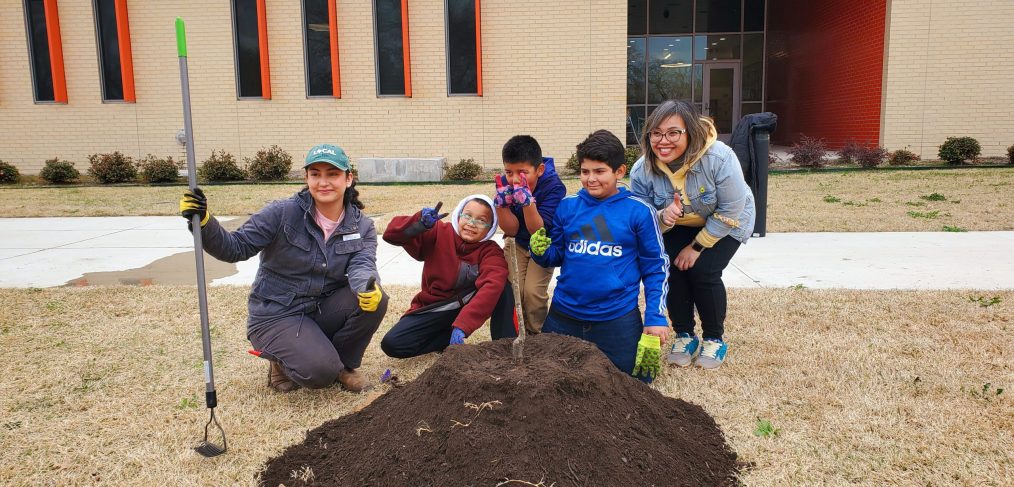
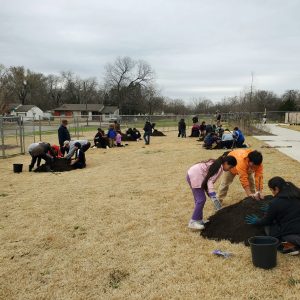 The process included identifying an area to plant the trees, as well as determining what kinds of fruits would be available for Texas conditions.
The process included identifying an area to plant the trees, as well as determining what kinds of fruits would be available for Texas conditions.